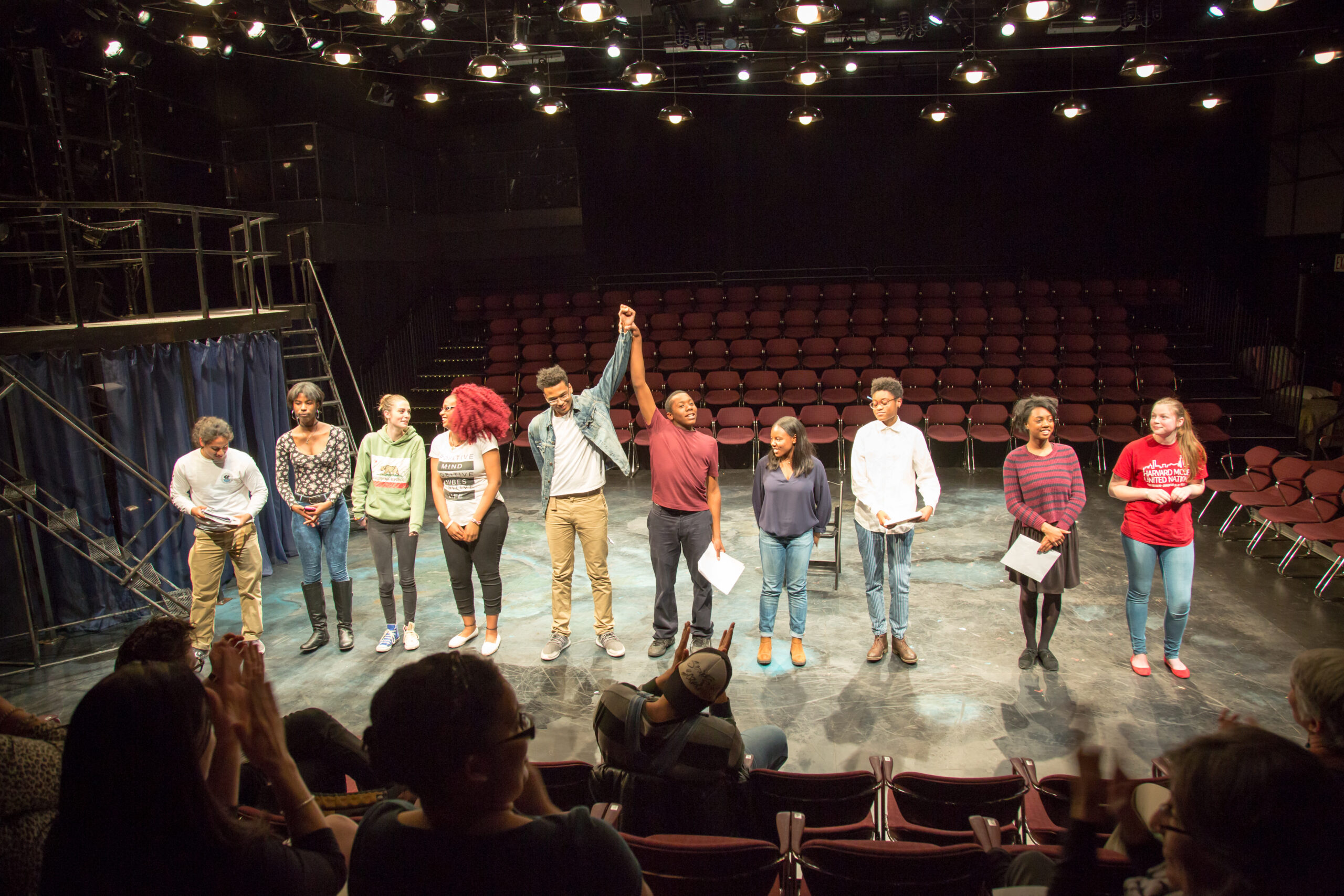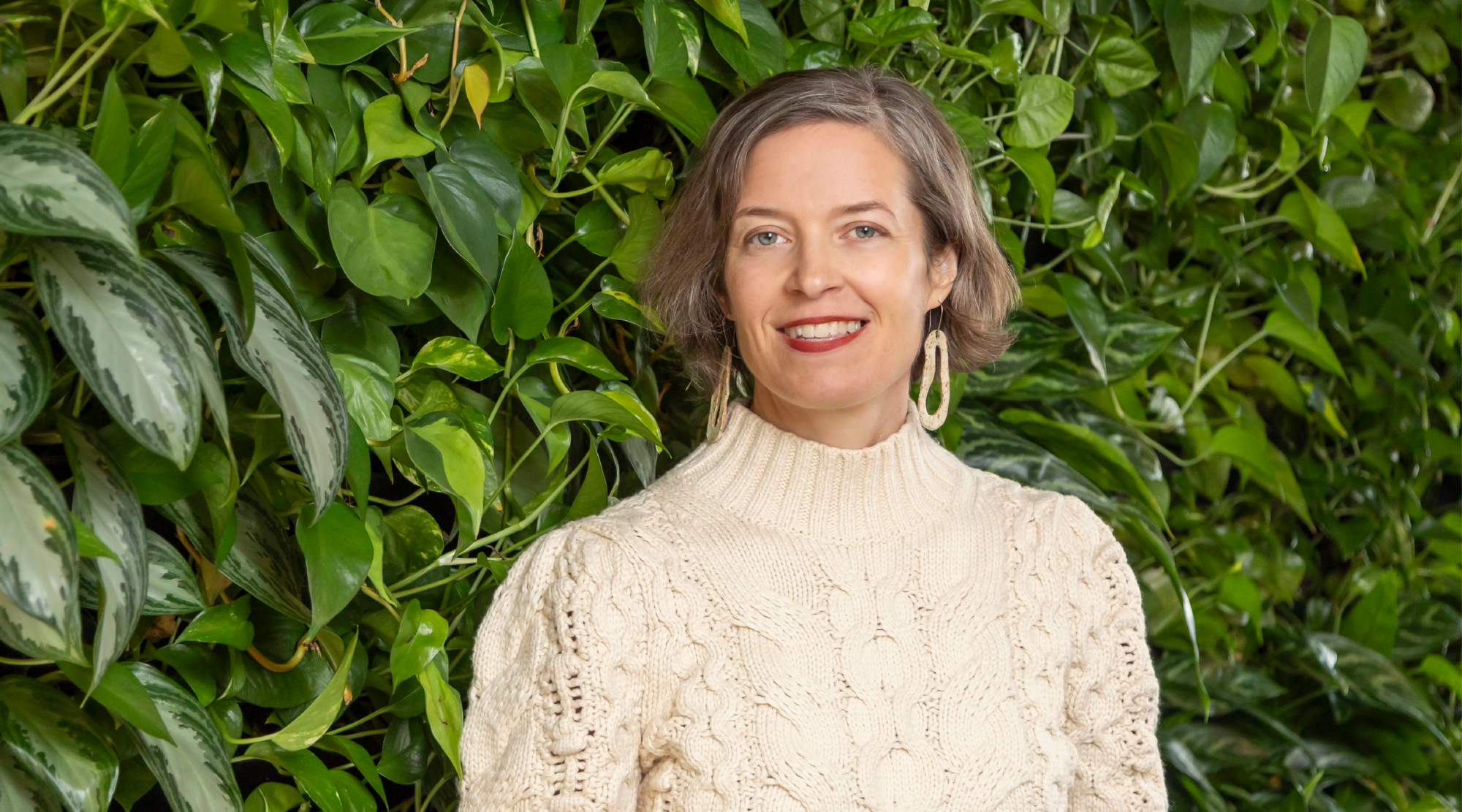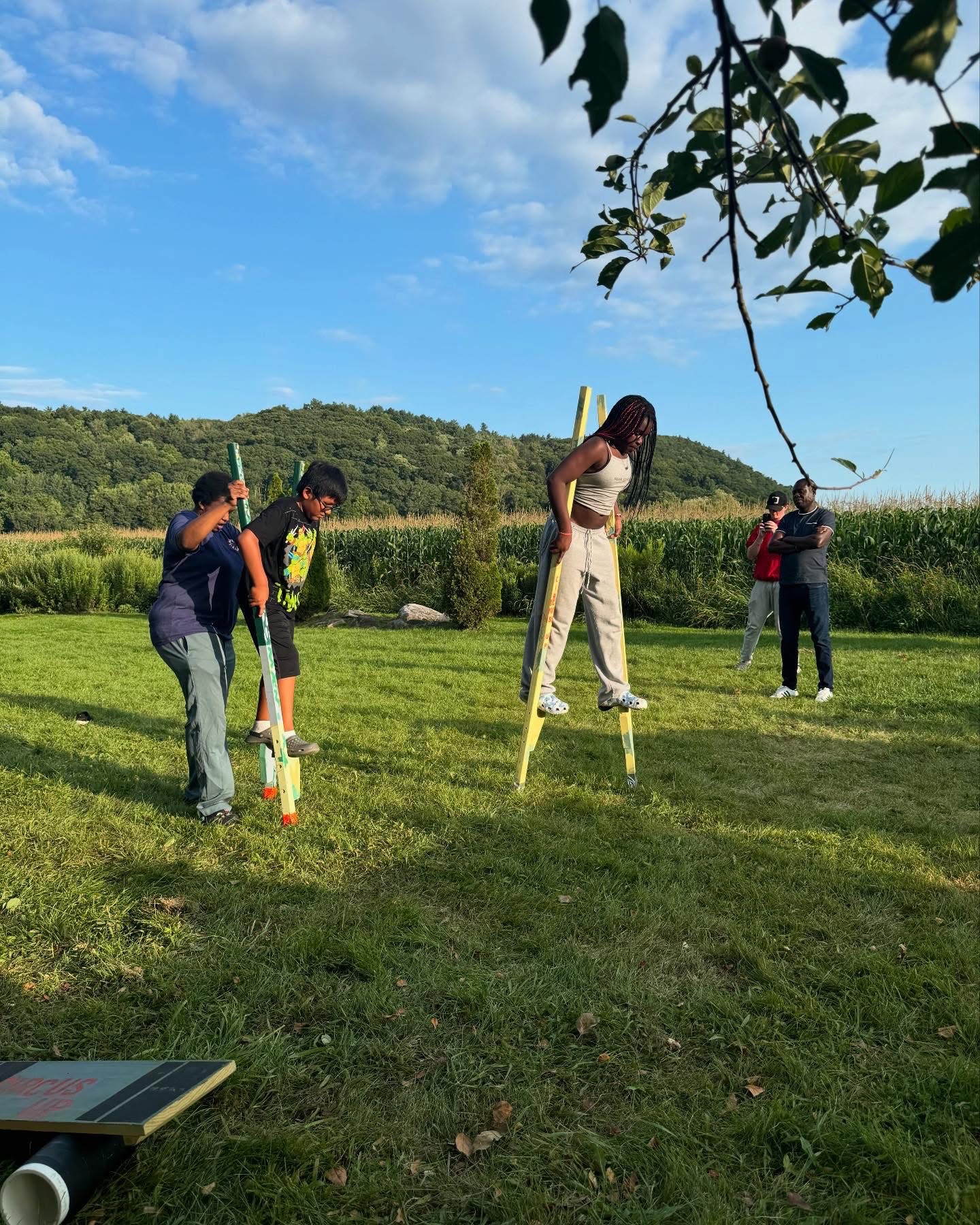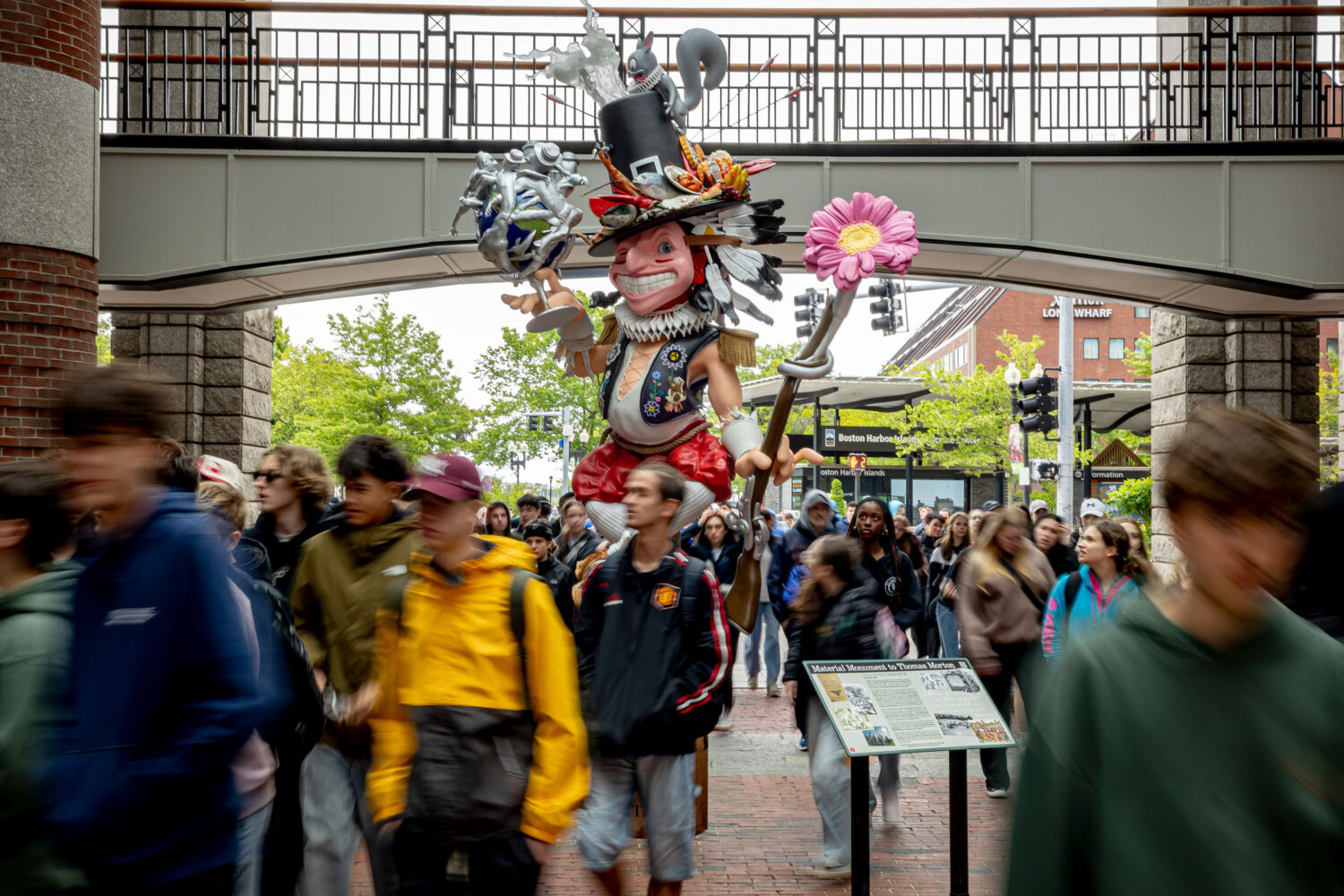In 2012, Barr partnered with The Klarman Family Foundation to strengthen Boston’s arts sector at a critical inflection point following the 2008 recession.We designed the Barr-Klarman Arts Capacity Building Initiative based on the belief that when arts and cultural organizations are adequately capitalized with a healthy business model, they can build reserves that let them stay bold, experiment, and weather uncertainty. Together, we invested $22 million over five years in 30 Boston-based cultural organizations. We provided unrestricted funds, which we hoped would support organizations to improve their financial health and be nimble to respond to changes in the environment.
At the end of the five-year initiative, we wanted to understand what impact we had made. Were the organizations more financially stable? Did our trainings and curriculum meet the needs of our grantee partners? Was the composition of the grantee cohort correct? Were grantee partners positioned to benefit from the learning agenda? To answer these questions, the foundations commissioned two different evaluations – one looking at the Initiative’s design and participant experience; the other examining organizations’ balance sheet health. Our qualitative analysis included a nationwide landscape scan of similar capacity building programs as well as grantee surveys, interviews, and focus groups. Our financial health assessment compared balance sheets before and after the Initiative. We also looked for changes in organizational practice and financial literacy.
From our evaluation, we learned a lot about how to approach investing in the capitalization and adaptive capacity of arts organizations. Below, are four key lessons that stood out to us.
Readily available capital allows arts organizations to take risks and experiment with new ideas.
The foundations believe that for organizations to be innovative and nimble, they need to have the cash on hand to do what they want to do, when they want to do it. Despite capitalization studies that emphasize the importance of unrestricted, multi-year support over the past decade, restricted funding, particularly project funding, continues to dominate the field of arts grantmaking. In our design of the Initiative, we posited that multi-year, unrestricted general operating support coupled with training and technical assistance around capitalization would best support positive changes in practice, such as building capital reserves through surpluses of unrestricted funds. While this held true, we also learned that we needed to further incentivize organizations to step outside their comfort zones into new ways of thinking about their work. In the final two years of the Initiative, we introduced a Fund for Artistic Risk to provide organizations with even more latitude to experiment with new programs and approaches without the constant worry of making payroll or project failure. These funds were transformative for the organizations who received them as it gave them the permission to be bolder and more ambitious in their thinking.
Investing in board learning around financial health is key to changing organizational practice.
Our experience has taught us that bold and adaptive organizations are propelled by boards of directors that understand capitalization and value organizational learning and improvement. As fiduciary stewards, boards set the tone for financial practice and are responsible for the long-term sustainability of organizations. Boards, along with organization leaders, must establish a capacity for risk-taking and innovation. However, boards are often risk adverse. In our planning, we sought to learn: how can we help board members become champions and advocates for capitalization and risk-taking? How can we best engage board members in the Initiative? While we required board members to attend our financial trainings with staff, we found that silo-ing these conversation to only a few board members (who are often the ones charged with understanding the organization’s finances anyway) didn’t necessarily impact the practices of the whole governing body. As a course adjustment, and to be responsive to organizations’ requests to reach more of their board members, we offered trainings during regularly scheduled board meetings. This way, we were not adding extra burdens to board volunteers, and we were able to ensure we were building knowledge across an entire board team. We also learned that board members were hungry for more opportunities to engage in conversations about what artistic risk-taking looks like for their organization. All too often, board members’ time together is focused on the organization’s finances, but without a clear artistic vision, target impact, or end goal. We opened up space for board members to engage in that conversation, and they shared with our evaluators how much they valued the opportunity.
While some “off-the-shelf” trainings can work, customization is necessary to manage the diversity within a cohort.
The most effective capacity-building programs are those that take into account participants’ nonprofit structure, community environment, andstage of organizational development. Every organization enters into a cohort in a different place; therefore, a one-size-fits-all approach will not work for all. Within our cohort (of mid-size and youth arts mastery), we had a great deal of diversity across organizational size, capacity, complexity, business model, and audiences served. In designing the learning agenda for our Initiative, we learned that we didn’t test thoroughly enough for this range of experience in our application process. Coming into the Initiative, some organizations had done deep work and were already posting surpluses and/or creating reserves, while others were hearing about these ideas for the first time. We found that for those that had experience, our materials were not revelatory, and that we were more successful with those newer to the concepts. While we did offer some customization for those organizations who wished to pursue optional trainings, consultant opportunities, and our Fund for Artistic Risk, we learned that across the board, organizations would have benefited from more one-on-one technical assistance and thought partnership in planning and implementing their strategies over the course of the grant program.
Cohort learning helps organizations build sector-wide networks and relationships toward a healthier ecosystem.
Going into the Initiative, we had assumed some level of familiarity and connectivity across the leaders of Boston’s arts organizations. We quickly observed that with few exceptions this was not the case. Even within disciplines, organizational leaders (as well as staffs and boards) had few opportunities to connect with their peers or to see one another’s artistic work. The 2008 economic recession forced organizations to turn inward to focus on their own survival, and competition increased for limited resources. The Initiative’s cohort learning model supported the establishment and deepening of relationships in order to increase cohesion among our arts leaders. With a big learning agenda to get through, we had to be mindful of setting aside enough time for unplanned conversations and peer-to-peer connections to happen. Within networking, we also learned that we needed to pay closer attention to the design of the cohort itself — to ensure that each organization had what they would consider another peer in the group.
Looking ahead
Barr and The Klarman Family Foundation are dedicated to improving the capitalization and nimbleness of arts organizations. In the fall of 2018, we renewed our partnership to continue our collaborative capacity-building work with a $25 million investment over six years in twenty-nine Massachusetts arts and cultural organizations. The new Initiative – the Barr-Klarman Massachusetts Arts Initiative – is grounded in three core concepts: capitalization, adaptive capacity, and cultural competency. We used the evaluations of the “Barr-Klarman Arts Capacity Building Initiative” to inform our planning to scale the Initiative across the state. The following recommendations and learning were incorporated into our design and application process for the new Initiative:
- At the onset, we established clear eligibility and selection criteria to surface eligible organizations;
- We designed a 3-step application process, which included a 1) concept paper, 2) full application, and 3) site visits, to determine readiness and alignment among boards and staff leadership to tackle the Initiative’s learning agenda;
- We extended the length of the Initiative from five to six years to give organizations another year to implement their capitalization strategies;
- The Initiative’s first year is allocated as a diagnostic year in order to establish baselines and foundational training, and to further our learning about the cohort’s needs and strategic issues. This will then inform the design of a responsivelearning agenda and key supports to be offered over the six-year Initiative; and
- We will provide more customized supports and services through one-on-one coaching.
We have posted below the executive summaries for our qualitative and quantitative evaluations for those who wish to dive deeper into the methodology and results. While our evaluation results are promising, it is too soon to tell whether or not changes represent a moment in time or a sustainable shift for the organizations. We recognize that real changes in knowledge and practice take time.It is our hope that this Initiative provided the organizations with a more solid foundation and new tools to support their goals.
Explore our evaluation:
Barr-Klarman Arts Capacity Building Initiative Financial Health Evaluation Summary, January 2018, provides an overview of the Initiative’s capitalization program, the capitalization framework TDC employed, and high-level results from the financial health evaluation of a Boston-based cohort of arts organizations who participated in the Barr-Klarman Arts Capacity Building Initiative (2012-2017), prepared by Susan Nelson, Ashley Berendt, and Grace Hansen-Gilmour with TDC.
Barr-Klarman Arts Capacity Building Initiative: Executive Summary of Final Evaluation, January 2018, provides an overview of the Initiative’s goals and learning agenda; background and environmental context; Initiative assessments, including its four capacity areas and program components; lessons learned from the Barr-Klarman Arts Capacity Building Initiative (2012-2017); and recommendations to consider in future programming and grantmaking, particularly related to capacity building, prepared by Diane Espaldon and Sara Peterson.




